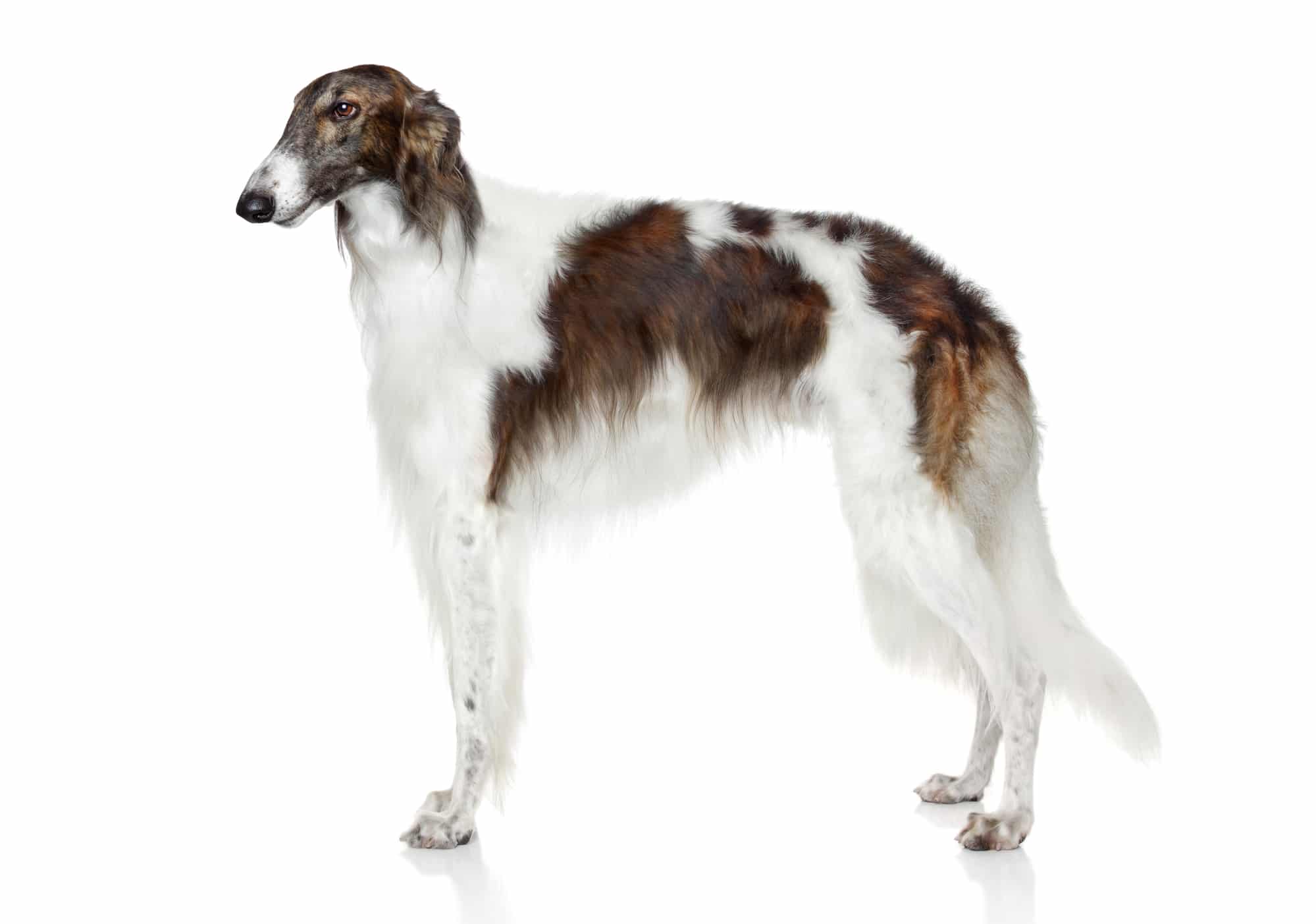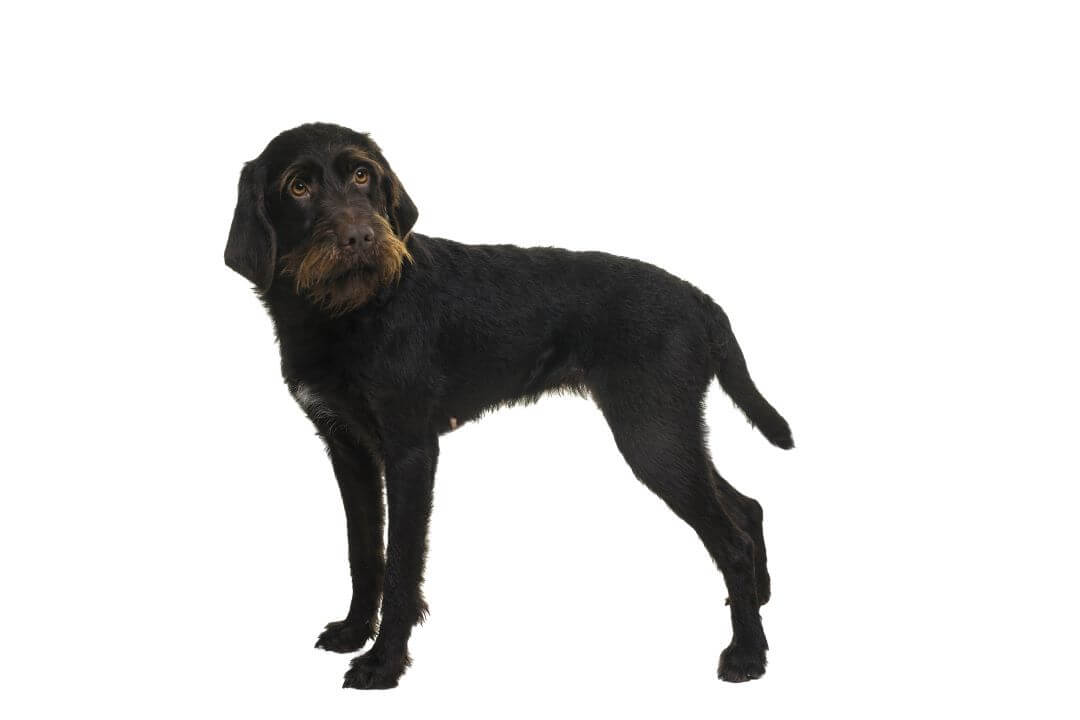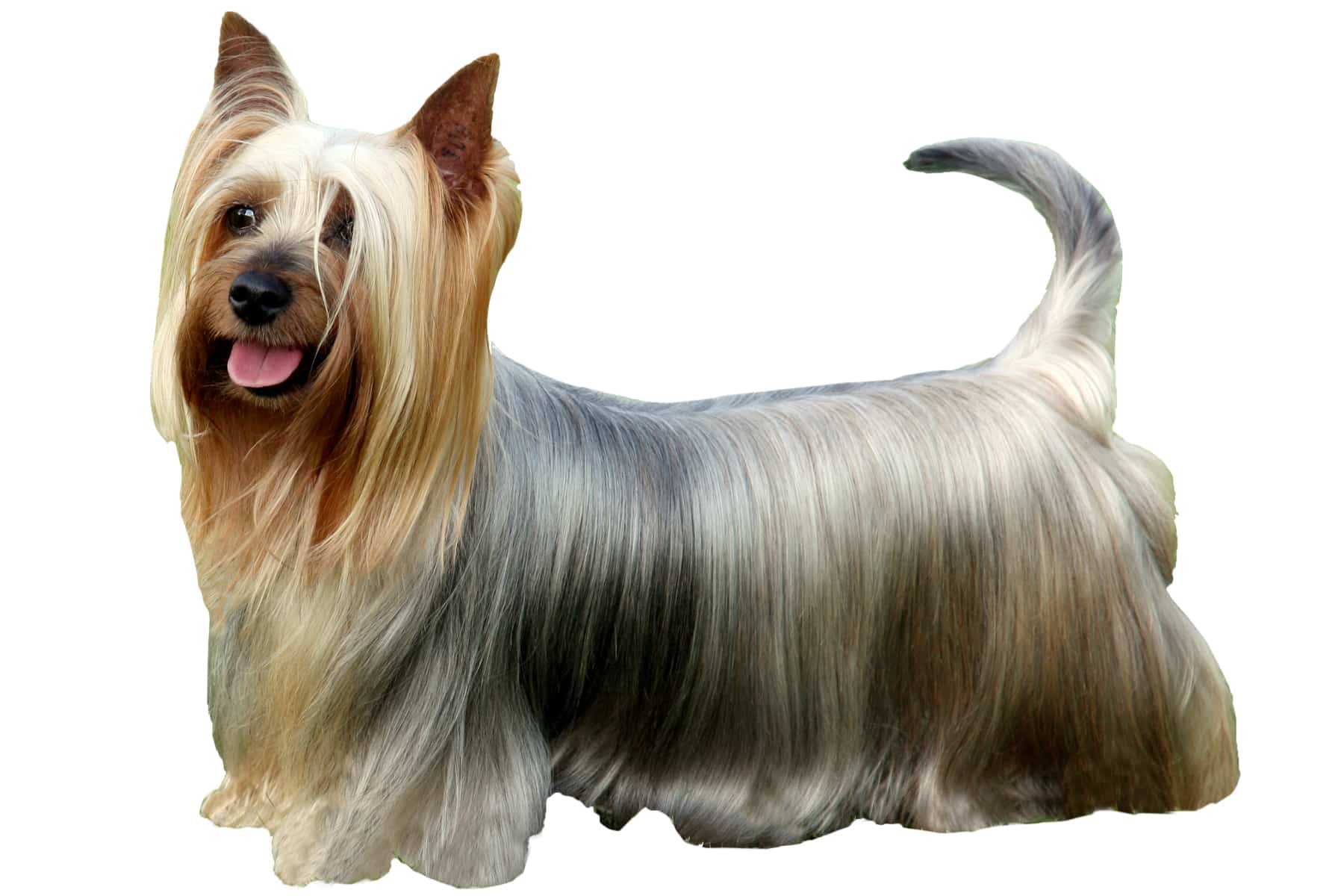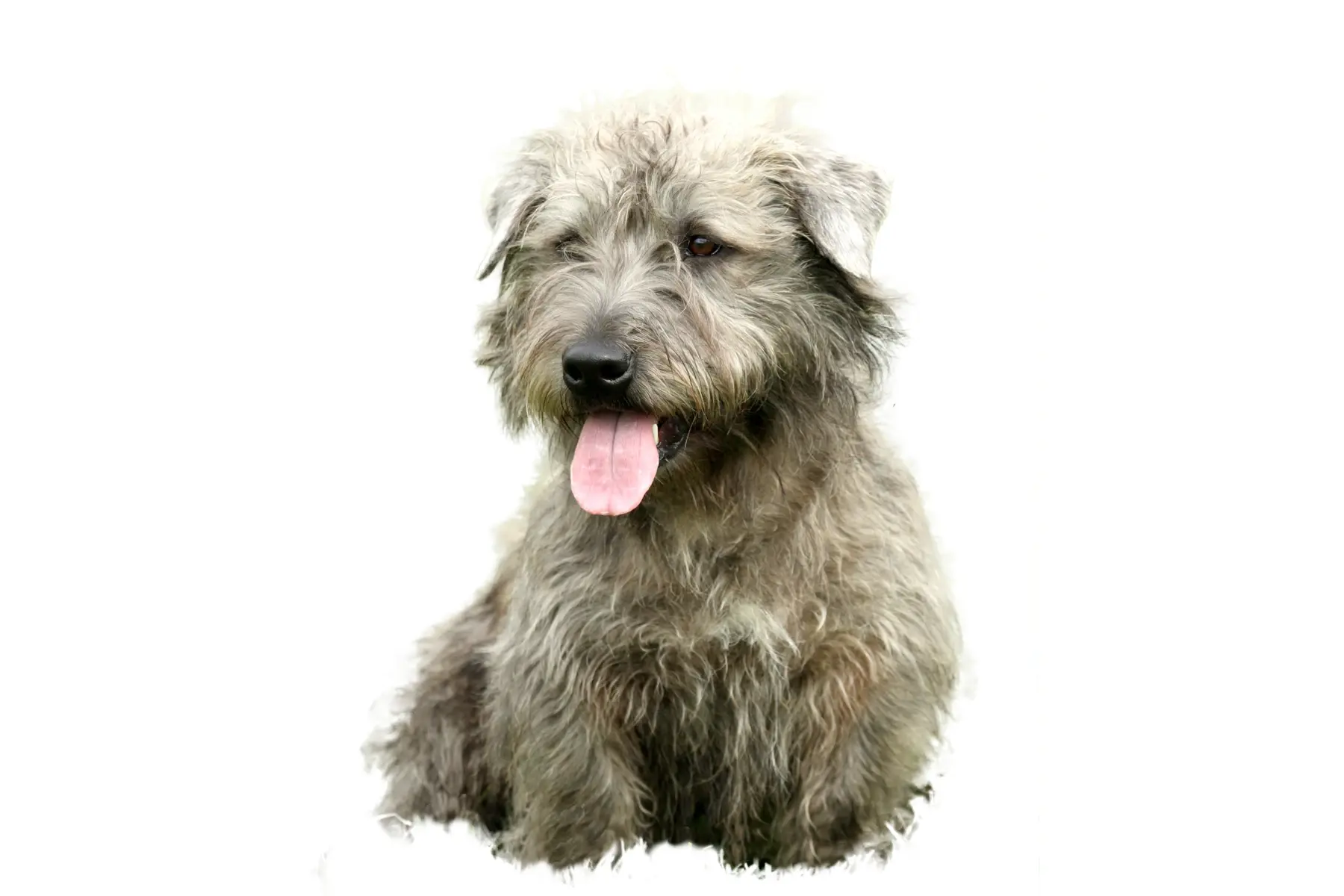Swiss Hound
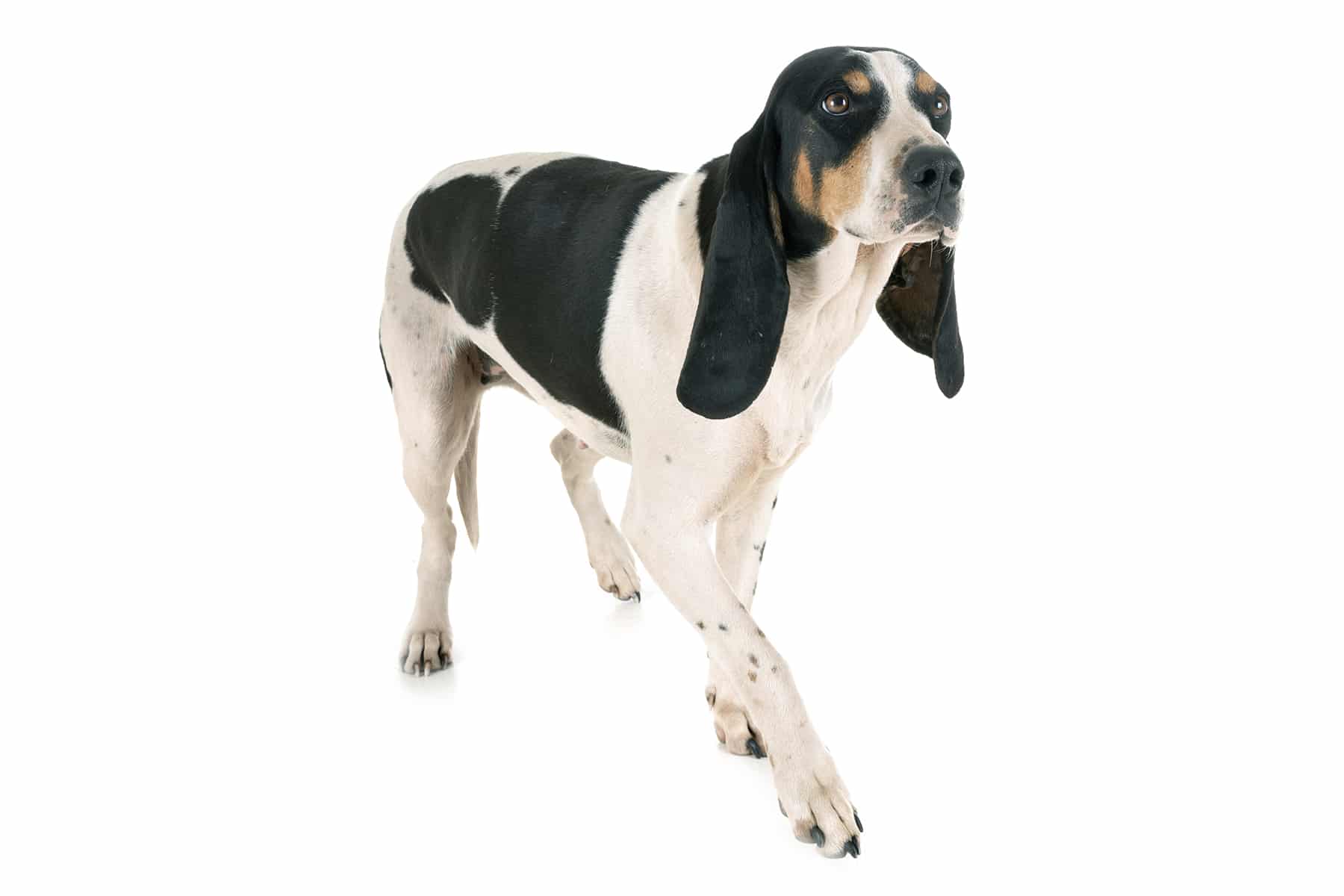

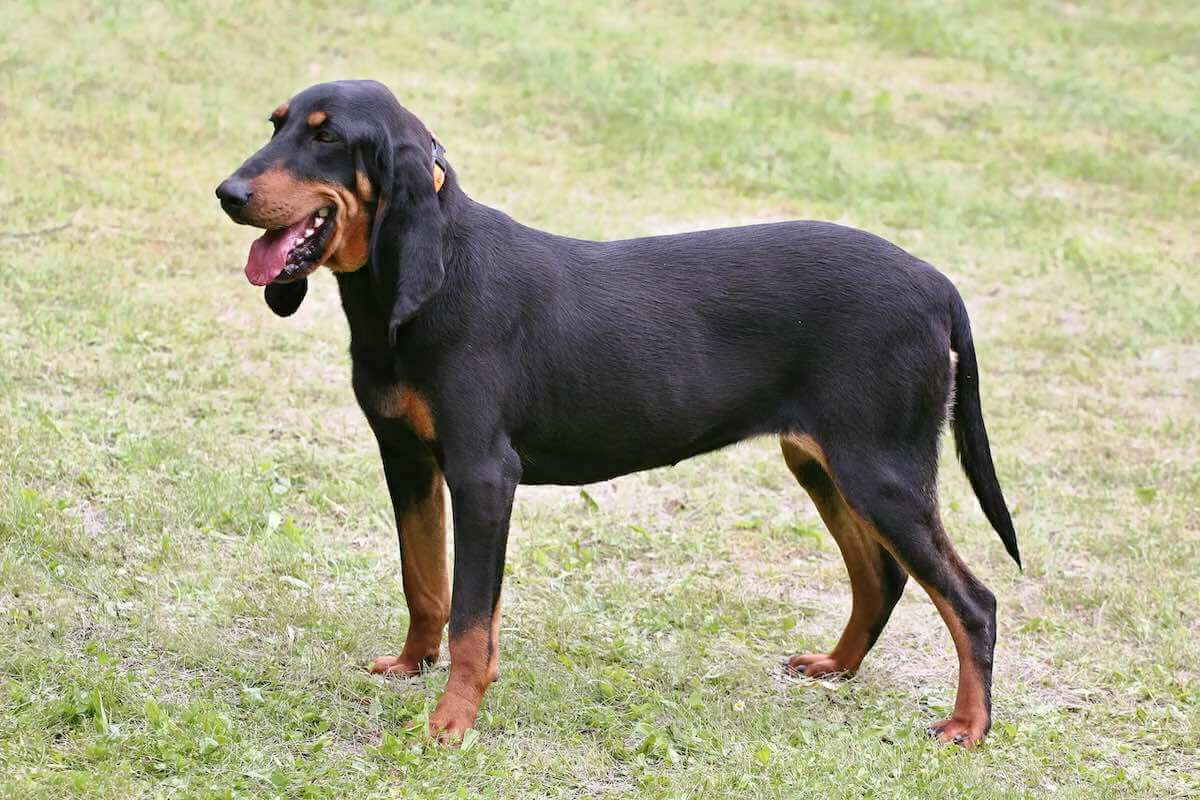
Temperament:
One dog, four varieties - that's the Swiss Hound. The four-legged friend not only cuts a fine figure as a passionate hunting dog, but is also ideal as a loyal family dog. There are a few rules to follow when keeping this demanding dog breed.
Characteristics
There are four different varieties of Swiss Hounds.
The Bernese Hound is white with black spots or a black saddle. Rarely it is also lightly spotted.
The Jura Hound is tan in color. Its coat is black. A small white chest patch is permitted in the markings.
The Lucerne Hound is heavily spotted. It is blue with a mixture of white and black fur. It can have a black saddle or large black patches.
The basic color of the Schwyz hound is white. It has orange spots or an orange saddle. Light spotting is also permitted.
The varieties differ only in color. Physique and character are the same.
The Swiss Hound is strong and enduring. Males reach a shoulder height of 49-59 cm. Bitches are slightly smaller at 47-57 cm. The coat of the Swiss Hound is short and dense. Its long coat is particularly striking. The very long ears in particular give it a majestic and nostalgic appearance.
Swiss Hounds have a strong character. They are loyal to their sensitive owner, but also have a mind of their own.
His name says it all - he wants to run. Several kilometers and more than an hour at a time are no problem for this enduring four-legged friend. He hunts game of all kinds. His excellent nose helps him to consistently follow the scent.
In the house, the Swiss Hound is a pleasant and very house-trained companion. It greatly appreciates social contact with two- and four-legged friends. Outside, however, it can also be used as a solo hunter.
Coat care:
Shedding:
Energy level:
Trainability:
Children suitable:
The right food
When choosing food, make sure that it contains high-quality ingredients, is balanced and meets your dog's requirements. Age, size or weight, activity and health status play an important role. You should follow the manufacturer's recommendations for the amount of food.
Treats should only be fed in moderation and deducted from the basic diet to avoid obesity.
Puppies can be fed 4-6 times a day. The number of meals should be gradually reduced to 2 per day until the dog is fully grown. A rest period should be observed after meals.
Fresh drinking water should be available at all times.
Health & Care
The short, dense coat of the Swiss Hound is very easy to care for. Brushing once a week is usually enough. The structure of the coat does not require any special care products or shampoos.
However, increased attention must be paid to the ears. They are very long in Swiss Hounds. To avoid inflammation, they must be checked regularly and cleaned if necessary.
Swiss Hounds like to spend a lot of time outdoors with their noses deep in the air. It is therefore advisable to check your four-legged friend for ticks after every walk and to look out for stuck awns or similar.
Suitable accessories
You should get a well-padded chest harness for your Swiss Hound. Simple nylon could chafe your dog's fine, short coat and leave bald patches.
This furry friend loves the great outdoors and is only partially suited to a small city apartment. A house with an escape-proof garden is ideal for this hunting dog.
But above all, he needs time. Long walks and games in all weathers are a daily must. The Swiss Hound's urge to move knows almost no bounds. If there is no one in your family with whom your furry friend can go stalking, tracking games with specially prepared dummies are ideal.
Like any other dog, your Swiss Hound needs the following basic equipment: dog basket or dog mat as a place to retreat, water and food bowl, tick tweezers, claw clippers, brush and comb or rubber curry comb, dog toothbrush and cream, transport box for transportation in the car and a first aid kit. It's best to ask your vet what should be in the first aid kit.
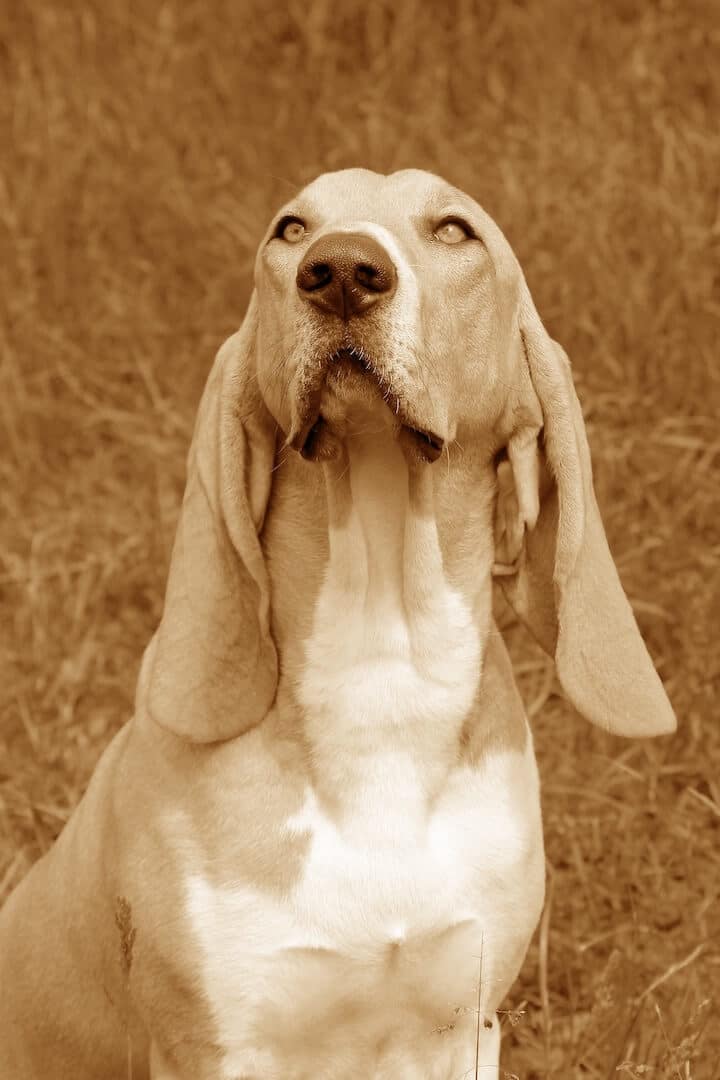
Origin & History
The uniform breed standard for the four varieties of the Swiss Hound was not established until January 22, 1933. However, the history of the breed begins much earlier.
As early as the 15th century, the Italians appreciated his exceptional hunting skills. In the 17th century, the French discovered the passionate hunter for themselves. French mercenaries probably brought the hound to Switzerland. Today's Swiss Hound is the result of crossing Ariégeois, Petit Gascon-Saintongeois, Petit Bleu de Gascogne and Porcelaine. These breeds are also characterized by excellent hunting behavior.
Originally there were five varieties of the breed. In 1909, however, the breeding association noted the complete disappearance of the Thurgovie Hound. One possible reason for the disappearance was the slightly lower height at the back. The Thurgovie Hound was only about 38 cm high. This does not correspond to the breed standard. However, this is only an assumption.
The Swiss Hound is still the preferred hunting dog. Be it as an individual hunter for hare or roe deer or in a pack for wild boar. As a perfect tracker, the Swiss Hound always cuts a fine figure.
He hunts with great confidence. It is fast and reliable when hunting without a scent and returns to its master immediately if the scent is lost - something that rarely happens to the Swiss Hound.
More breeds to discover
